I earn commissions if you shop through the links below at no additional cost to you.
Last Updated on February 4, 2025 by Jeremy
Foraging has always been part of my life, even before I knew what it really meant. As a kid growing up in Saskatchewan, we’d pick Saskatoon berries by the ice cream pail full, and my mom would turn them into the best homemade pies you could imagine. Fast forward to our first season as park operators in British Columbia, and suddenly, we had huckleberries as often as they were around—a wild treat that felt like nature’s reward for a long day’s work.
Then, last spring, we took it one step further: foraging for lobster mushrooms in the BC wilderness. That was when I realized that foraging isn’t just about finding food—it’s about understanding the land, respecting the ecosystem, and reconnecting with nature in a way that grocery store produce never could.
Foraging for wild berries is one of the most accessible and rewarding ways to get started. Unlike mushrooms, which require careful identification, berries tend to be easier to recognize—but that doesn’t mean all of them are safe to eat. Whether you’re picking Saskatoon berries in the Prairies, huckleberries in the Pacific Northwest, or wild blueberries in the Yukon, knowing how to identify, harvest, and forage responsibly is key.
So let’s dive into where to find wild berries, how to identify them, and how to forage in a way that ensures nature thrives for future generations.
Ethical Foraging: Sustainability and Respect for Nature
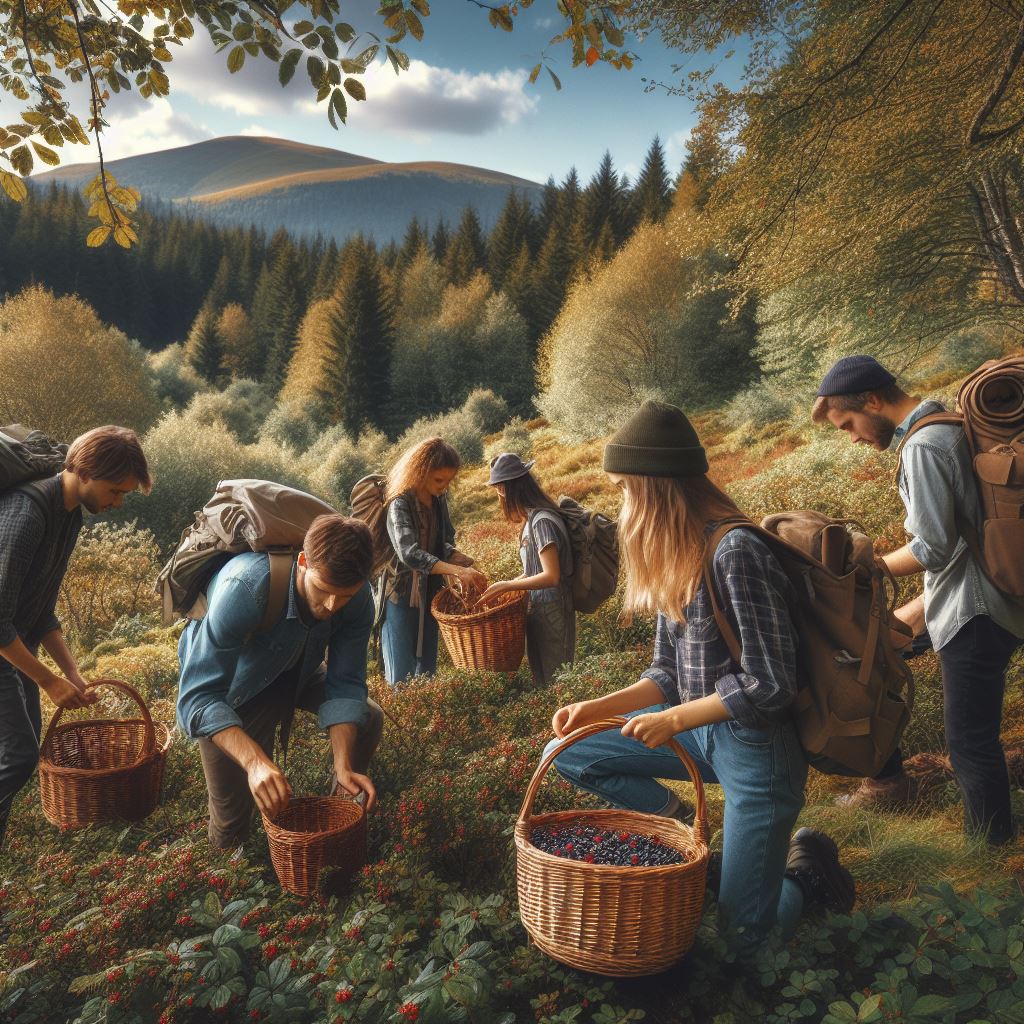
Foraging isn’t just about filling a basket with free food—it’s a relationship with nature that should be approached with care and responsibility. When done correctly, foraging can actually help preserve plant populations and ecosystems rather than harm them.
Best Practices for Sustainable Foraging:
- Know Your Limits: Check local regulations on foraging. Some parks and reserves prohibit berry picking to protect fragile ecosystems.
- Take Only What You Need: Overharvesting can prevent plants from regenerating. If you’re foraging for yourself, leave plenty behind for wildlife and other foragers.
- Avoid Damaging the Plants: Use gentle plucking techniques to avoid breaking stems or uprooting plants. If using a knife or scissors, cut above the growth node to allow regrowth.
- Forage Away from Polluted Areas: Berries growing near roadsides, industrial zones, or sprayed agricultural fields may contain harmful contaminants. Stick to wild, remote areas or those known to be pesticide-free.
- Respect Wildlife: Many animals rely on wild berries for survival. If you see signs of animals using a particular area for food, move to another spot to minimize disturbance.
Foraging should be a way to connect with nature, not deplete it. Leave no trace, and the land will continue providing for generations to come.
Identifying Edible vs. Poisonous Berries

Not every wild berry is safe to eat. Some are toxic and can cause anything from mild digestive issues to severe poisoning. Knowing the difference is crucial.
Common Edible Wild Berries & Their Characteristics:
- Saskatoon Berries (Amelanchier alnifolia) – Found in Saskatchewan and Western Canada, these purple-blue berries resemble blueberries but grow on tall shrubs. Their sweet, nutty flavor makes them great for pies and jams.
- Huckleberries (Vaccinium membranaceum) – Thriving in British Columbia and the Rocky Mountains, these resemble blueberries but have a tarter, more complex flavor.
- Wild Blueberries (Vaccinium angustifolium) – A smaller, sweeter version of store-bought blueberries, commonly found in Northern Canada and the U.S.
- Raspberries (Rubus idaeus) – Found in forests and along trails, wild raspberries are bright red, hollow, and grow in clusters.
- Salmonberries (Rubus spectabilis) – Common in the Pacific Northwest, these yellow-to-orange berries look like raspberries but have a milder, juicy taste.
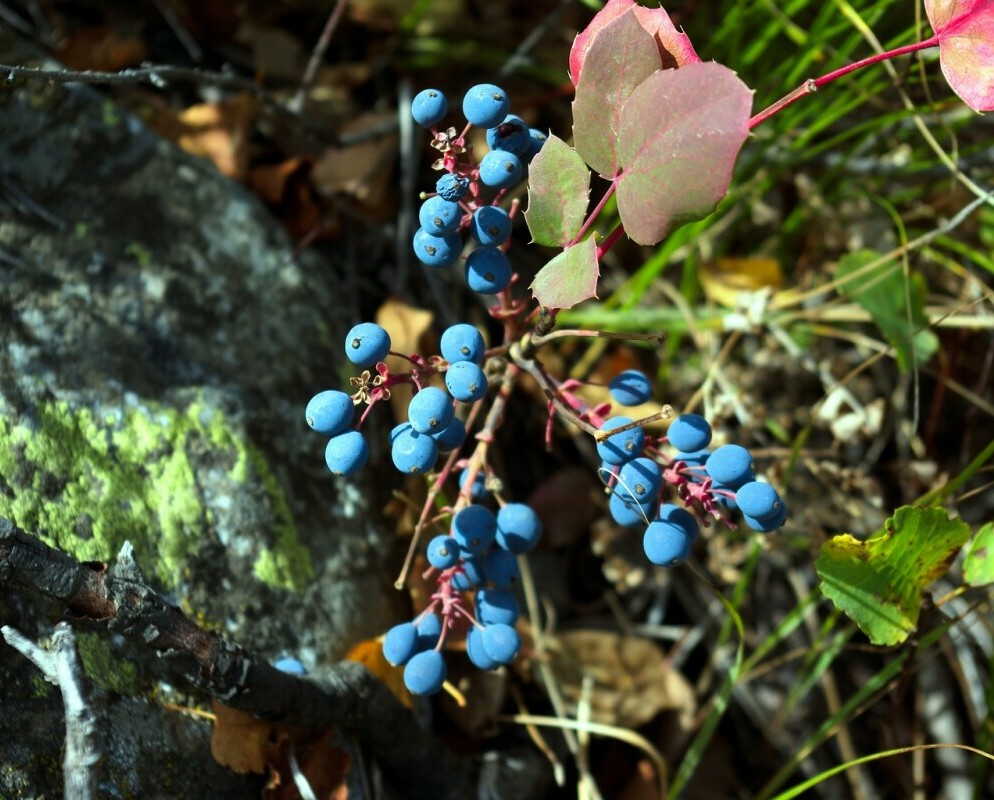
Common Poisonous Berries & Their Warning Signs:
- Baneberries (Actaea spp.) – Small, glossy red or white berries with a central black dot, commonly found in shaded forest areas. Extremely toxic.
- Nightshade (Solanum spp.) – Green, turning black when ripe, these berries are often mistaken for edible varieties. Highly poisonous.
- Doll’s Eyes (Actaea pachypoda) – White berries with a black center, found in wooded areas. They look harmless but are dangerous if ingested.
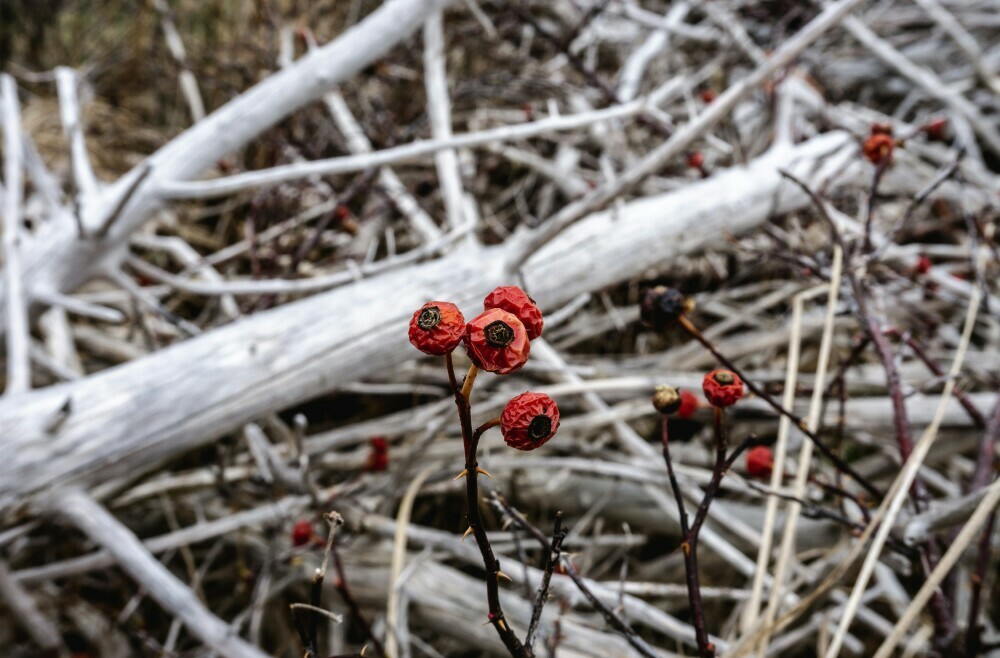
Golden Rule: If you’re not 100% sure, don’t eat it. Always cross-reference with a field guide or a knowledgeable forager.
Essential Tools for Berry Foraging
To make your foraging experience both efficient and safe, having the right tools can save time and protect the plants.
✅ Foraging Basket or Container – A breathable container prevents berries from getting crushed.
✅ Knife or Scissors – Helps snip berries without damaging plants.
✅ Protective Gloves & Clothing – Some berry plants have thorns or irritating leaves.
✅ Foraging App (like PlantSnap or iNaturalist) – Helps identify berries in real time.
✅ First Aid Kit – A small kit with antiseptic, bandages, and antihistamines in case of scratches or allergic reactions.
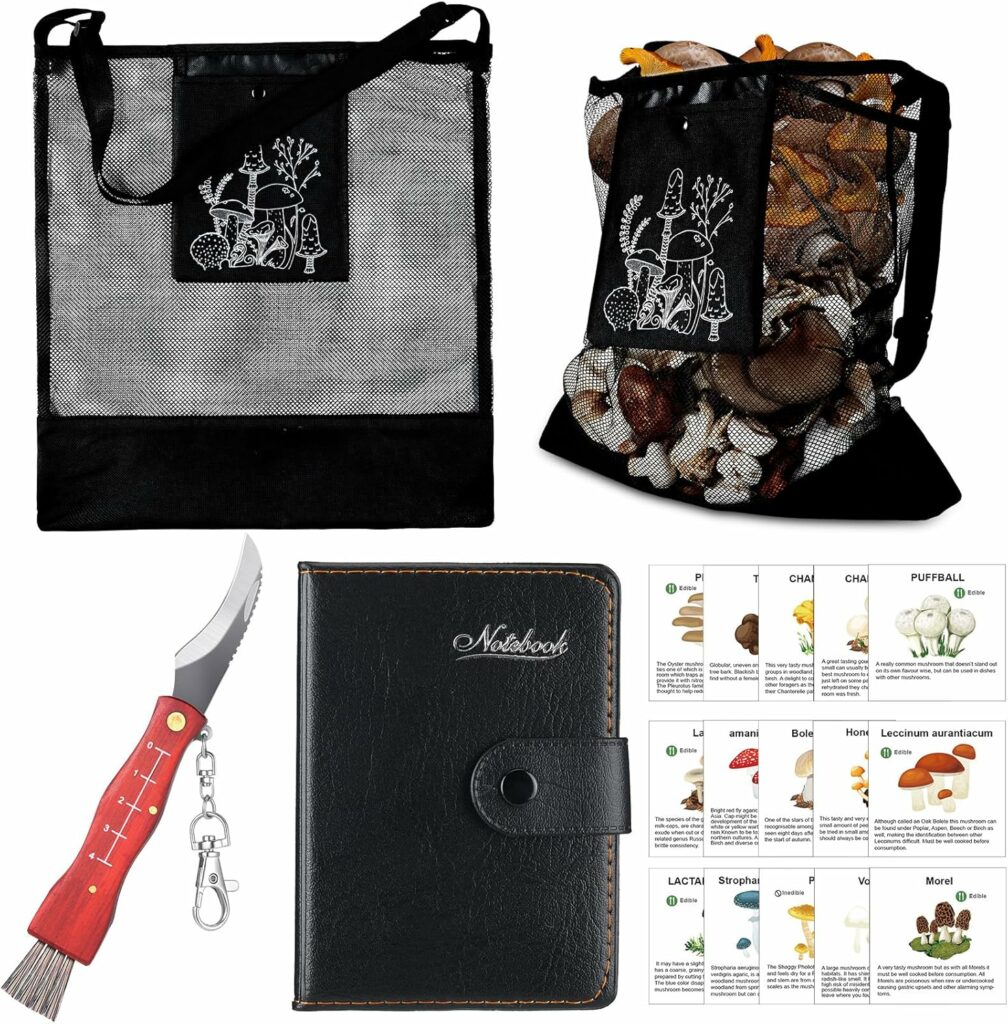
Harvesting Techniques & Proper Storage
Foraging doesn’t stop at picking—proper harvesting and storage ensure berries stay fresh and delicious.
Best Harvesting Techniques:
- Gently twist berries off the stem instead of pulling.
- Avoid picking unripe berries—they won’t ripen after harvest.
- Spread out your harvesting area so you don’t strip one plant bare.
How to Store Wild Berries:
- Short-Term: Store in a breathable container in the fridge.
- Long-Term: Freeze berries on a baking sheet before storing them in a sealed bag.
- Preservation: Make jams, syrups, or dehydrate for later use.
Foraging & Travel: Discovering Wild Berries Around the World
Foraging isn’t just a hobby—it’s a gateway to deeper travel experiences. Every region has its own unique wild edibles, and exploring them is like getting a taste of the land itself. Whether you’re road-tripping across North America, backpacking through Europe, or exploring tropical rainforests, knowing what’s safe to forage adds a new layer of adventure to your travels.
Top Foraging Destinations & What to Look For
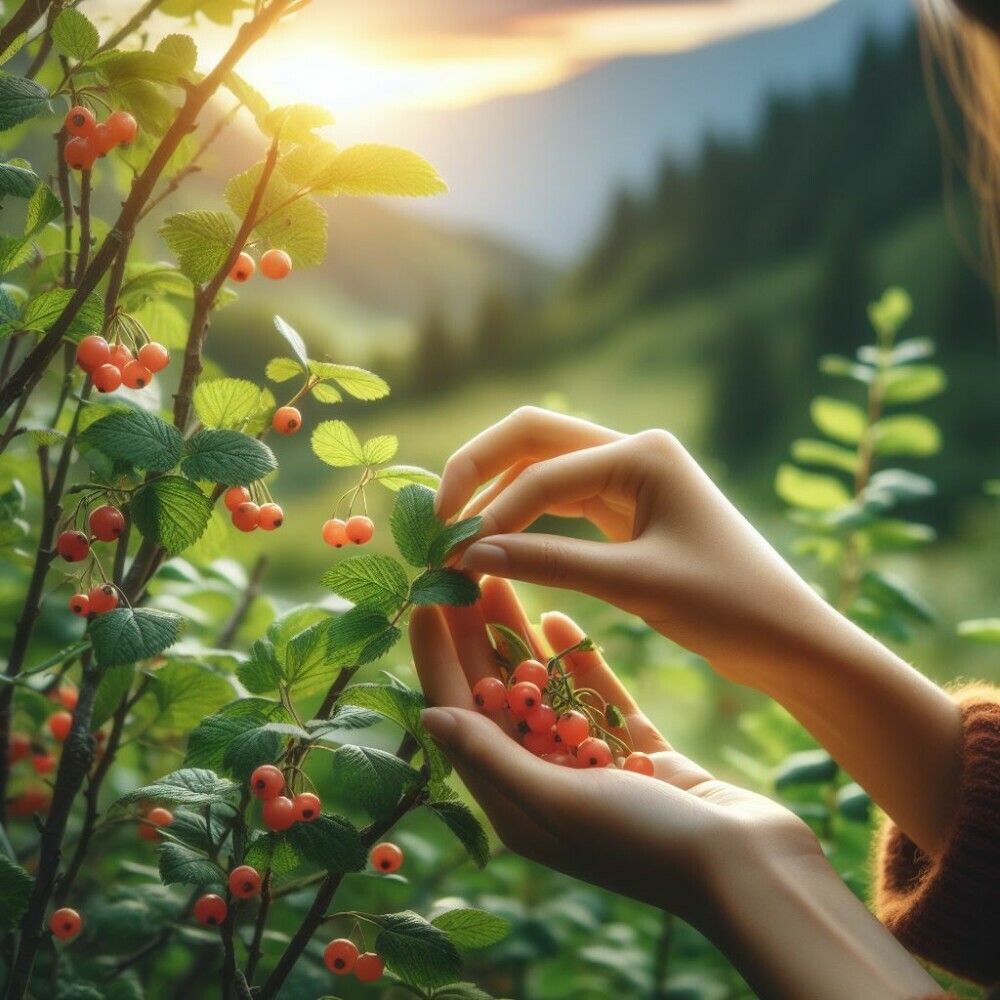
Canada – A Forager’s Paradise
- British Columbia & Alberta – Huckleberries & wild blueberries thrive in mountain regions and alpine meadows.
- Saskatchewan & Manitoba – Saskatoon berries, a Prairie delicacy, grow in dry forests and riverbanks.
- Ontario & Quebec – Look for wild strawberries and black raspberries along hiking trails.
- Newfoundland & Labrador – Bakeapples (cloudberries), a golden-orange berry with a sweet, tart flavor, are famous here.
Travel Tip: Want to experience Canadian foraging firsthand? Book a guided excursion in BC or Newfoundland with Viator and learn from local experts.
United States – Diverse Climates, Diverse Berries
- Maine & Alaska – Wild blueberries are abundant in coastal regions and tundra.
- Pacific Northwest – Salmonberries, thimbleberries, and huckleberries flourish in the damp forests of Oregon and Washington.
- Appalachian Mountains – Blackberries and elderberries grow in forested valleys and along trails.
Travel Tip: Planning a hiking or camping trip? Book a stay near foraging hotspots with Booking.com and explore wild edibles on your next adventure.
Europe – Rich Foraging Traditions
- Sweden & Finland – Known for their everyman’s right (allemansrätten), allowing everyone to forage freely. Lingonberries, cloudberries, and bilberries grow abundantly.
- Scotland & Ireland – Rowanberries, elderberries, and sloes are popular for making wines and jams.
- France & Italy – Wild strawberries and blackberries can be found along rural paths and vineyard borders.
Travel Tip: Want to forage in Europe but don’t know where to start? Join a guided foraging tour in Scandinavia or Scotland via Viator for expert-led adventures.
Costa Rica – Tropical Foraging in the Rainforest
- Guava, starfruit, and passionfruit grow wild, offering a different kind of berry-picking experience.
- Beware of the Manchineel tree! Sometimes called the “Tree of Death,” its fruit and sap are highly toxic—even standing under it in the rain can cause burns.
Travel Tip: Curious about tropical foraging? Book an eco-lodge or rainforest retreat with Expedia for a deeper connection with Costa Rica’s wild edibles.
The Connection Between Foraging & Travel
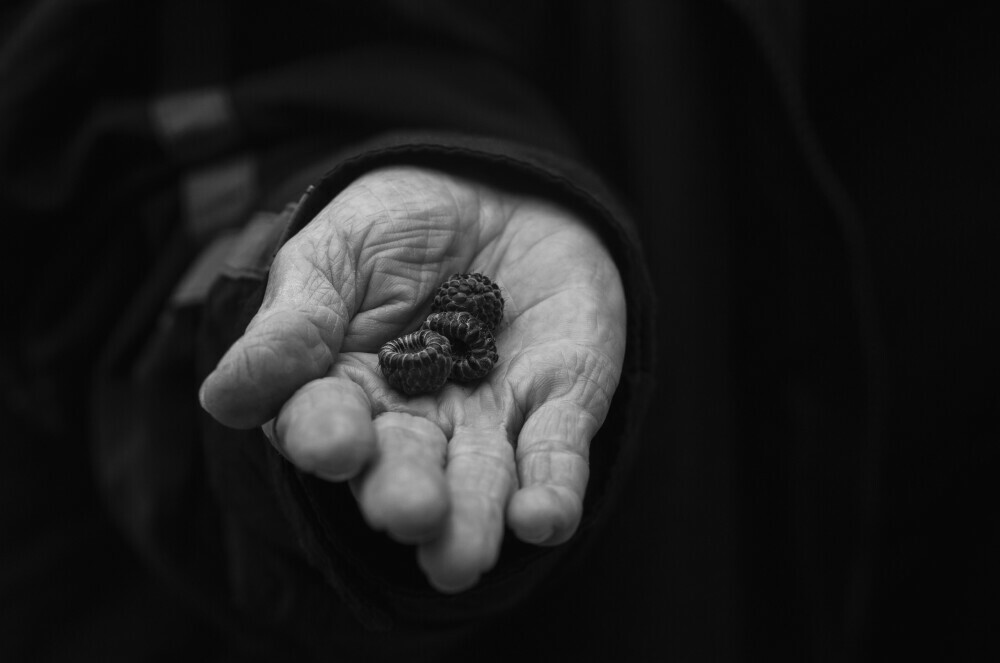
Foraging isn’t just about free food—it’s about understanding the land, appreciating local ecosystems, and even connecting with culture. Some regions have centuries-old foraging traditions, and joining local foragers can turn a simple trip into a deeper, more authentic experience.
✅ You experience nature differently. When you forage, you’re not just sightseeing—you’re actively engaging with the land, noticing plants, ecosystems, and wildlife interactions.
✅ You connect with locals. Foraging often leads to conversations with farmers, market vendors, and locals who can share hidden spots and traditions.
✅ You taste flavors unique to the region. Store-bought fruit can’t compare to the wild flavors of fresh-picked berries, especially if they’re specific to that part of the world.
Final Thoughts: A Forager’s Mindset for Life
Foraging is more than just a skill—it’s a way of experiencing the world. Whether you’re exploring a familiar forest at home or discovering wild edibles in a new country, the principles remain the same: respect nature, harvest responsibly, and appreciate the flavors of the land.
If you’re ready to take your foraging adventures global, why not plan a trip around wild food? Whether it’s picking huckleberries in BC, searching for cloudberries in Sweden, or joining a rainforest foraging tour in Costa Rica, there’s a whole world of edible discovery waiting.
Want to turn your next trip into a foraging adventure?

Leave a Reply